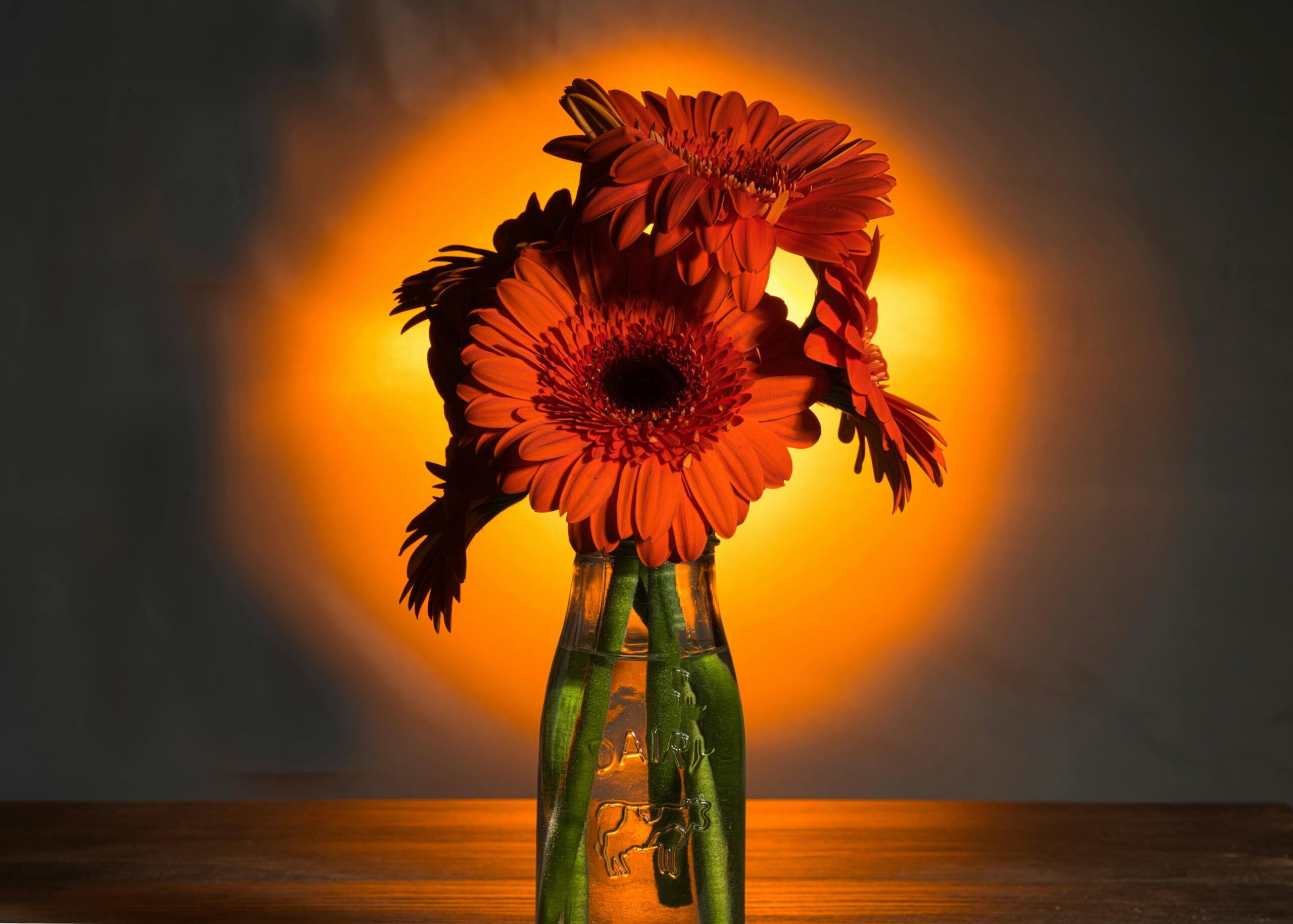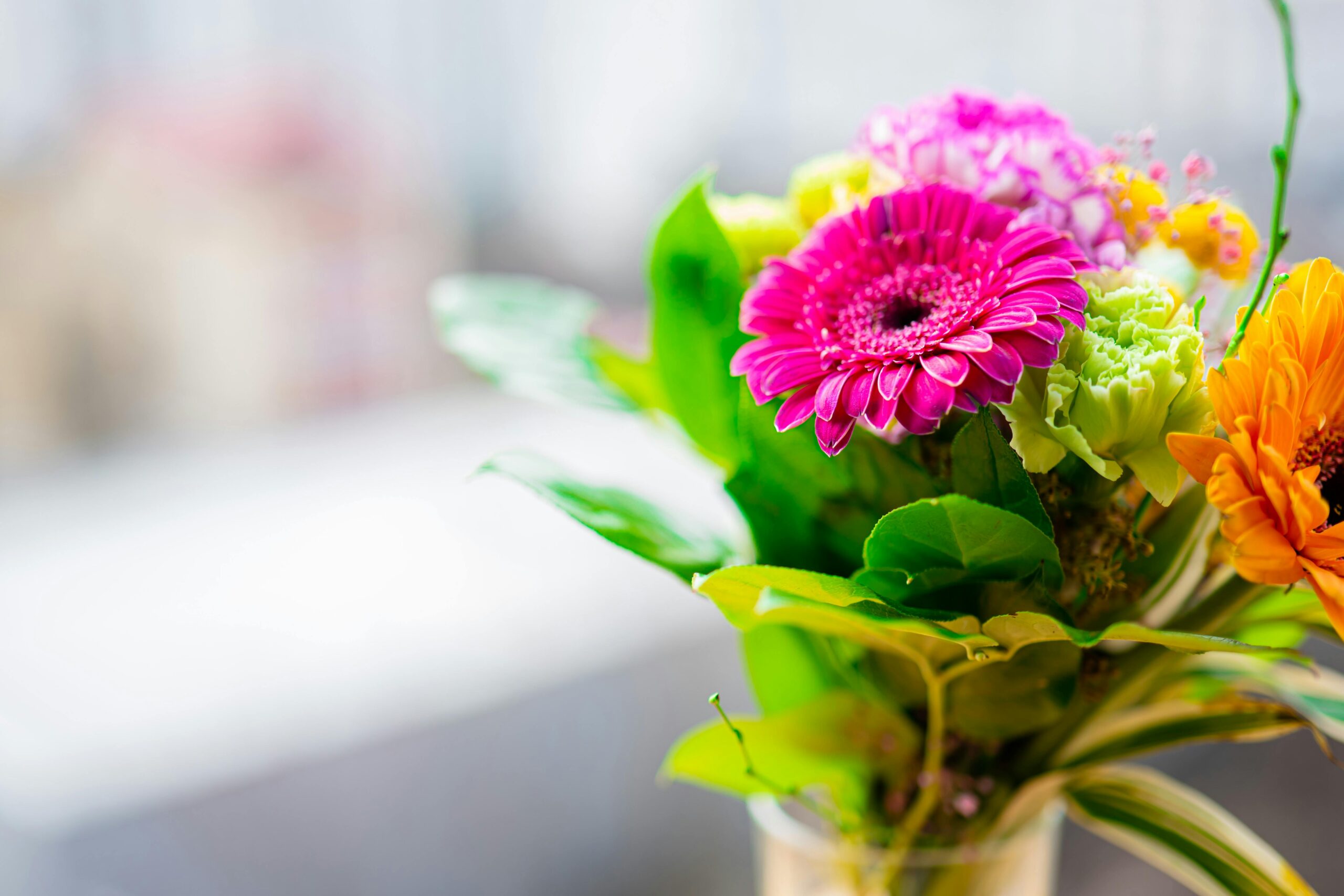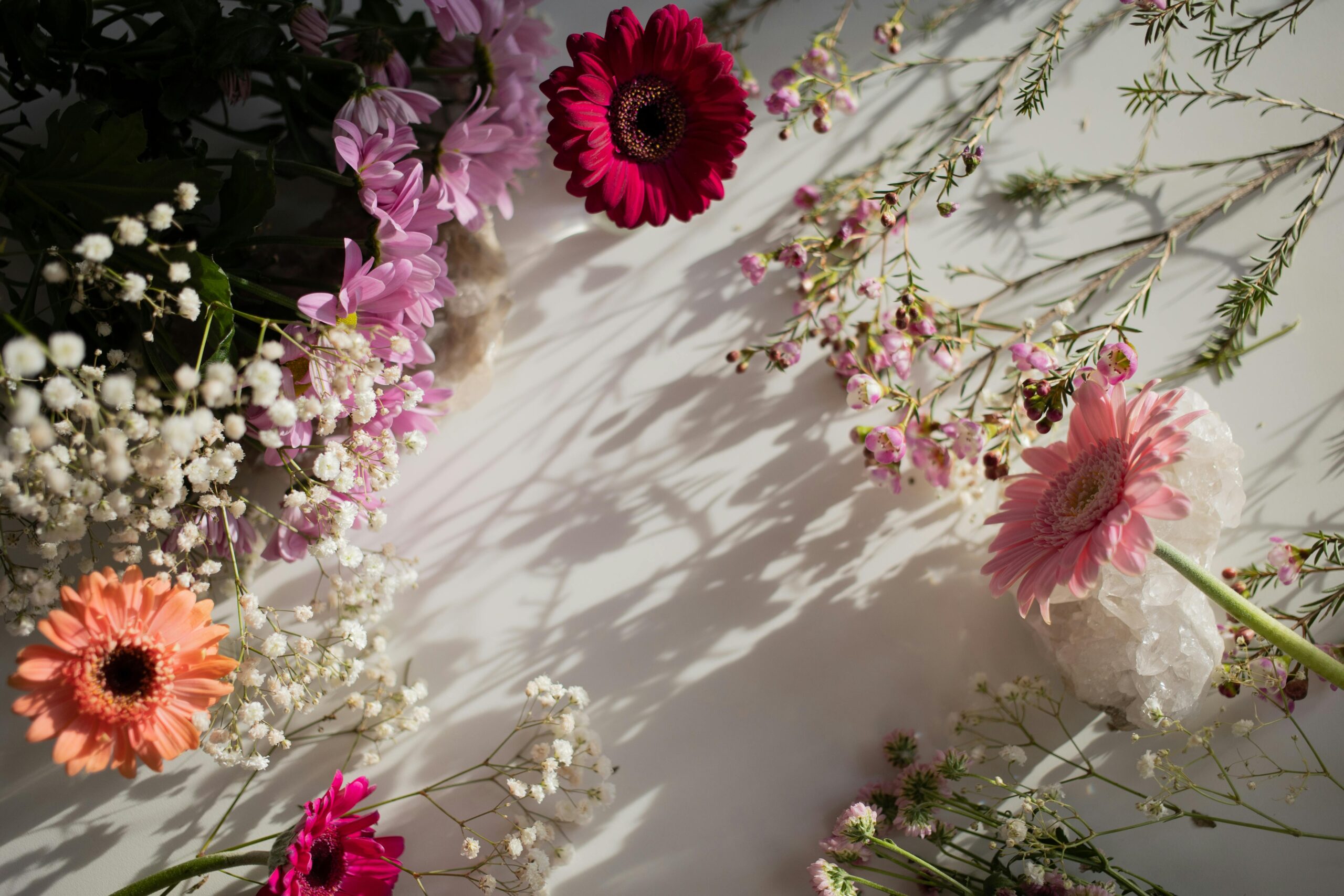Introduction to Gerberas
As an avid gardener and nature enthusiast, I’ve always been captivated by the vibrant and cheerful blooms of gerberas. These stunning flowers, with their bold, daisy-like petals, have a way of brightening up any garden or floral arrangement. In this article, we’ll delve into the fascinating world of gerberas, exploring their history, diversity, and the joy they bring to our lives.
History and Origin of Gerberas
Gerberas, also known as Transvaal daisies or Barberton daisies, are native to the Transvaal region of South Africa. The genus Gerbera was named after the German botanist Traugott Gerber, who discovered the first species in the 18th century. Over the centuries, gerberas have captured the imagination of gardeners, artists, and botanists alike, leading to the development of numerous cultivars and hybrids.
Different Types and Colors of Gerberas
Gerberas come in a wide range of vibrant colors, from classic reds and yellows to more unusual shades like pink, orange, and even purple. Some cultivars even feature bi-colored or multi-colored petals, creating a stunning visual display. Some of the most popular gerbera varieties include:
- Gerbera jamesonii: The classic Transvaal daisy, with large, bold blooms in shades of red, orange, and yellow.
- Gerbera hybrida: A diverse group of hybrid gerberas, offering a rainbow of color options and varied petal shapes.
- Gerbera ‘Sunbright’: A compact, dwarf variety with bright, cheerful blooms.
- Gerbera ‘Garvinea’: A series of gerberas known for their long-lasting flowers and disease resistance.

Meaning and Symbolism of Gerberas
Gerberas are often associated with happiness, cheerfulness, and optimism. In the language of flowers, they are said to represent innocence, purity, and adoration. Their vibrant colors and bold, daisy-like appearance make them a popular choice for bouquets, centerpieces, and other floral arrangements, conveying a sense of joy and vitality.
Growing Gerberas: Tips and Tricks for a Vibrant Blooming Garden
Gerberas are relatively easy to grow, making them a great choice for both experienced and novice gardeners. To ensure a thriving gerbera garden, consider the following tips:
- Provide well-draining, nutrient-rich soil: Gerberas prefer a slightly acidic soil with a pH between 5.5 and 6.5.
- Ensure ample sunlight: Gerberas thrive in full sun, requiring at least 6 hours of direct sunlight per day.
- Water consistently: Keep the soil moist but not waterlogged, and avoid letting the plants sit in standing water.
- Fertilize regularly: Use a balanced, water-soluble fertilizer every 2-3 weeks during the growing season.
- Deadhead spent blooms: Regularly removing faded flowers encourages the plant to produce more vibrant blooms.
Caring for Gerberas: Watering, Fertilizing, and Pest Control
Maintaining the health and vigor of your gerbera plants is essential for a stunning display. Here are some key tips for caring for gerberas:
- Watering: Gerberas require consistent moisture, but be careful not to overwater. Water the plants when the top inch of soil becomes dry, taking care to avoid wetting the leaves and flowers.
- Fertilizing: Feed your gerberas with a balanced, water-soluble fertilizer every 2-3 weeks during the growing season. This will provide the necessary nutrients for lush foliage and abundant blooms.
- Pest Control: Gerberas can be susceptible to pests like aphids, thrips, and spider mites. Monitor your plants regularly and address any infestations promptly with appropriate organic or chemical controls.

Popular Uses of Gerberas in Floral Arrangements and Bouquets
Gerberas are a beloved choice for floral arrangements and bouquets, thanks to their vibrant colors, long-lasting blooms, and eye-catching appearance. Whether in a simple, elegant centerpiece or a vibrant, mixed bouquet, gerberas have a way of stealing the show. Their versatility allows them to be paired with a variety of other flowers, foliage, and accents, making them a go-to choice for florists and DIY floral enthusiasts alike.
Gerberas in Art and Culture: Depictions in Paintings and Literature
The captivating beauty of gerberas has long inspired artists and writers throughout history. From the bold, impressionistic brushstrokes of Vincent van Gogh’s “Sunflowers” to the delicate, botanical illustrations of Georgia O’Keeffe, gerberas have been celebrated in the world of art. In literature, gerberas have been featured in the works of renowned authors, such as Roald Dahl’s “Matilda,” where the protagonist’s father owns a gerbera farm.
Fun Facts about Gerberas
As we delve deeper into the world of gerberas, here are some fascinating facts that might surprise you:
- Gerberas are the fifth most popular flower in the world, after roses, carnations, chrysanthemums, and tulips.
- The name “Gerbera” is derived from the German botanist Traugott Gerber, who first discovered the flower in the 18th century.
- Gerberas are members of the Asteraceae family, which includes other popular flowers like sunflowers and daisies.
- Gerberas are often used in the production of natural dyes, with their petals yielding various shades of yellow, orange, and red.
- In some cultures, gerberas are associated with the sun, representing warmth, vitality, and new beginnings.

Conclusion: Celebrating the Beauty and Versatility of Gerberas
As we’ve explored, gerberas are truly remarkable flowers that captivate the senses with their vibrant colors, diverse forms, and rich symbolism. Whether you’re a seasoned gardener or simply someone who appreciates the beauty of nature, gerberas are a must-have in any garden or floral arrangement. Their ability to bring joy, optimism, and a touch of whimsy to our lives is a testament to the power of these stunning blooms.
If you’re inspired to add gerberas to your garden or incorporate them into your next floral project, be sure to check out our selection of healthy, high-quality gerbera plants and seeds. With our expert growing tips and guidance, you can create a vibrant, thriving gerbera oasis that will delight you and your loved ones for years to come.





















